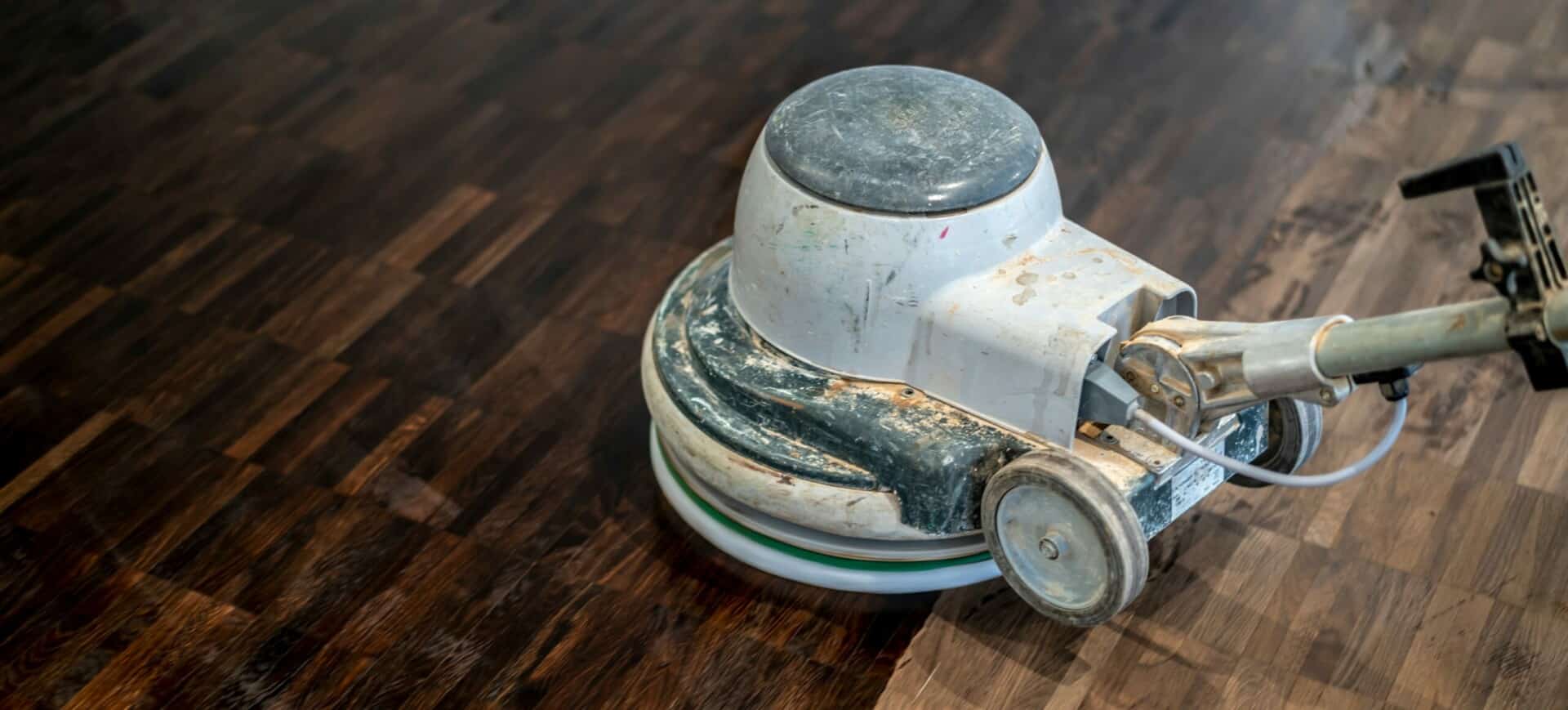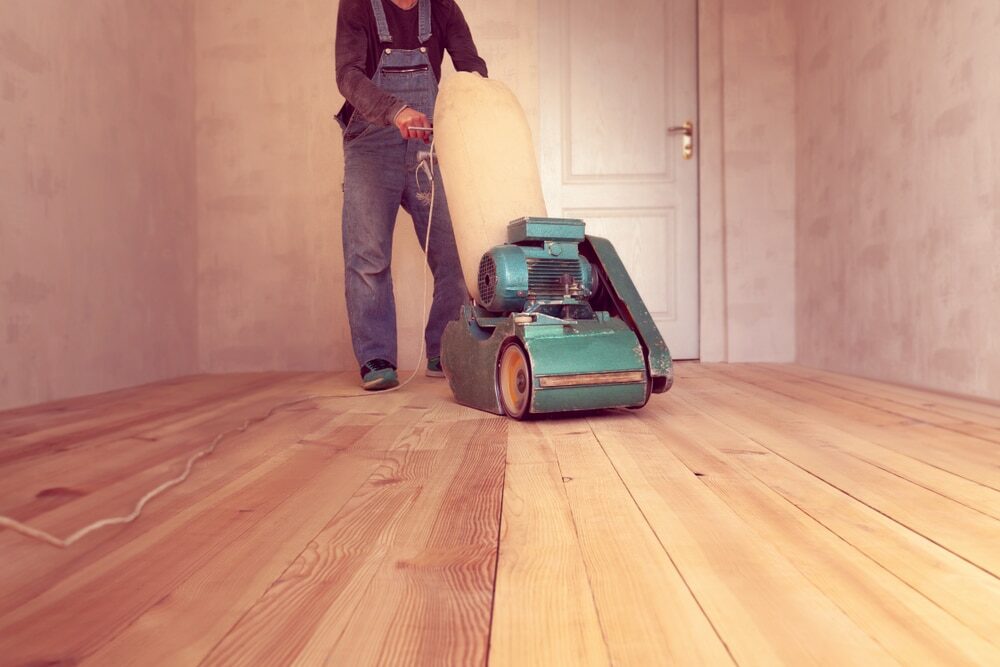London:
Nationwide:
Bamboo Wood Flooring: Sustainable, Durable, & Versatile | Eco-friendly Home Interiors
Posted on May 21, 2023
Hardwood Floors Sanding News
Embrace Sustainability with Bamboo Wood Flooring
As we turn the page to a new era of sustainability and eco-friendly living, our home interior and construction materials choices are changing significantly. Today, we’re focusing on one such sustainable choice that has taken the flooring world by storm: bamboo wood flooring.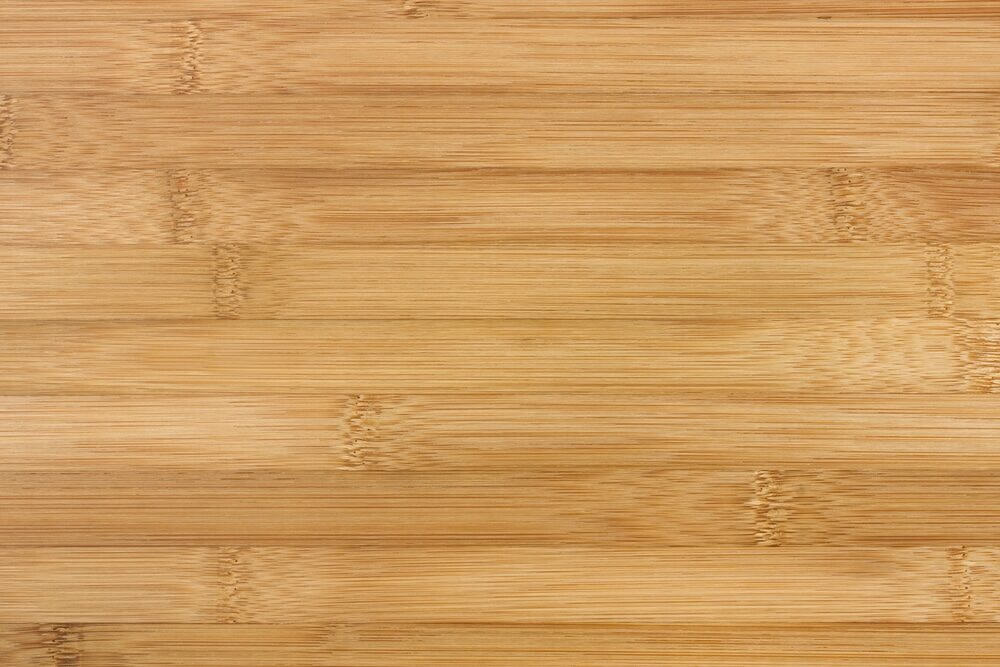
What is bamboo wood flooring?
Contrary to popular belief, bamboo isn’t a type of wood but a grass species native to the tropics, mainly Asia. Thanks to its rapid growth and unique properties, it is processed into flooring that looks, feels, and performs like hardwood. Bamboo wood flooring is available in various styles, including vertical grain, horizontal grain, and strand woven, each offering a distinct aesthetic appeal.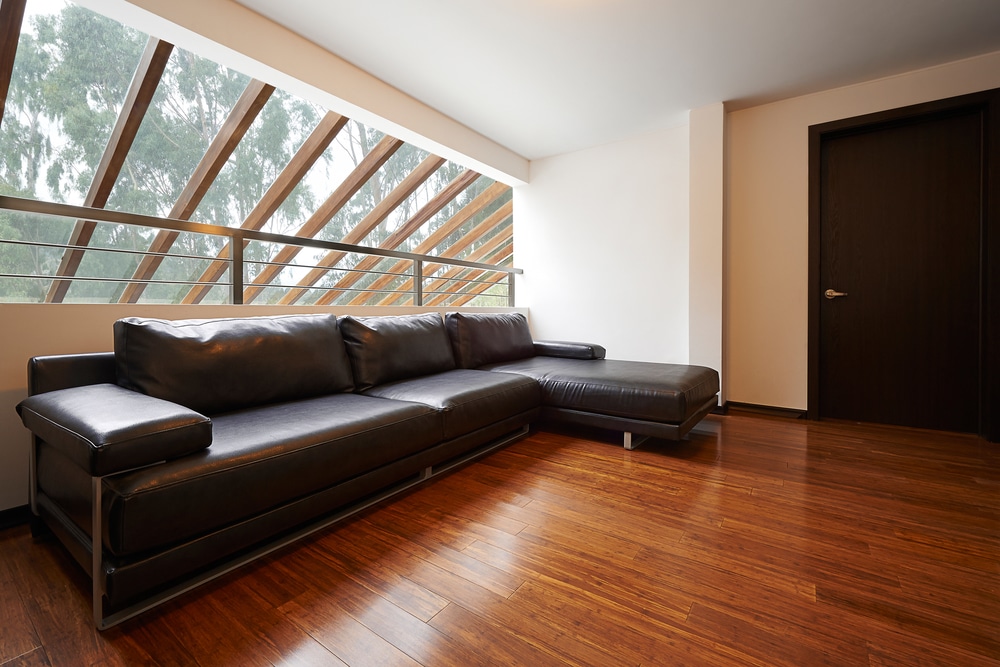
Why choose bamboo wood flooring?
Sustainability
Bamboo’s sustainability is a pivotal factor behind its rising popularity. The plant matures in 3-5 years, while hardwood trees may take 20–100 years. Bamboo’s rapid growth rate and regenerating ability after harvesting make it a renewable resource par excellence.Durability
Despite being a grass, bamboo possesses remarkable hardness, surpassing popular hardwoods in some cases. Strand-woven bamboo, especially, is renowned for its toughness, providing long-lasting durability that withstands high-traffic areas.Versatility
With many finish options, styles, and colors, bamboo flooring can be adapted to virtually any interior style, from rustic and traditional to modern and contemporary. The grain patterns and warm, natural bamboo hues add a unique flair to your home.Easy Maintenance
Bamboo flooring requires minimal upkeep. Regular sweeping or vacuuming and occasional mopping using a damp mop or wood floor cleaner can keep your bamboo floors looking pristine for years.Drawbacks to consider
Though bamboo flooring boasts numerous advantages, it’s only fair to highlight some challenges. First, while bamboo is remartoughcan be prone to scratches and dents, especially in homes with pets or heavy furniture. Bamboo flooring is less moisture-resistant than some alternatives, making it less suitable for high-humidity areas.Installing Bamboo Wood Flooring
Installation of bamboo flooring is relatively straightforward and akin to traditional hardwood. Depending on your preference and the specific product, it can be nailed, glued, or floated. Remember that professional installation is recommended to ensure the longevity and appearance of your floor.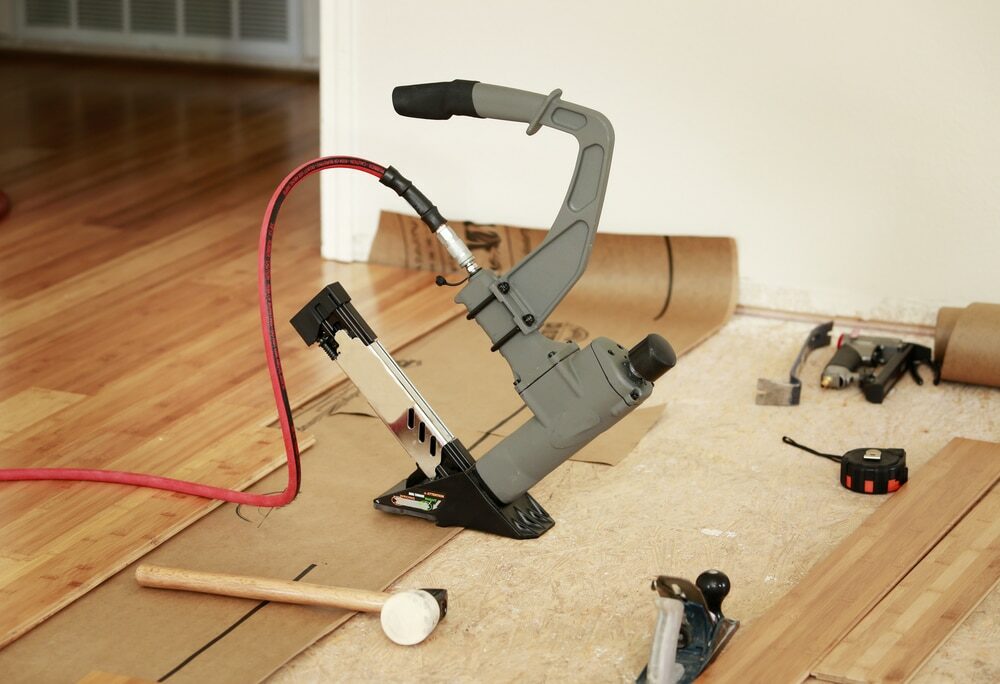
Care and Maintenance of Bamboo Wood Flooring
Regular care is crucial for maintaining the beauty and longevity of your bamboo floors. Here are some tips:- Sweep regularly: Use a soft-bristle broom or a vacuum cleaner to pick up dust and grit. This helps prevent scratches on the floor surface.
- Clean Spills Promptly: Liquid spills should be wiped immediately using a damp cloth. Like other wood floors, bamboo can warp or stain if liquids are left to sit.
- Use protective pads: Attach felt pads to the bottom of furniture legs to prevent dents and scratches. Additionally, avoid wearing high heels or shoes with spikes on bamboo floors.
- Utilize mats and rugs: Use doormats at entrances and rugs in high-traffic areas to minimize wear and tear.
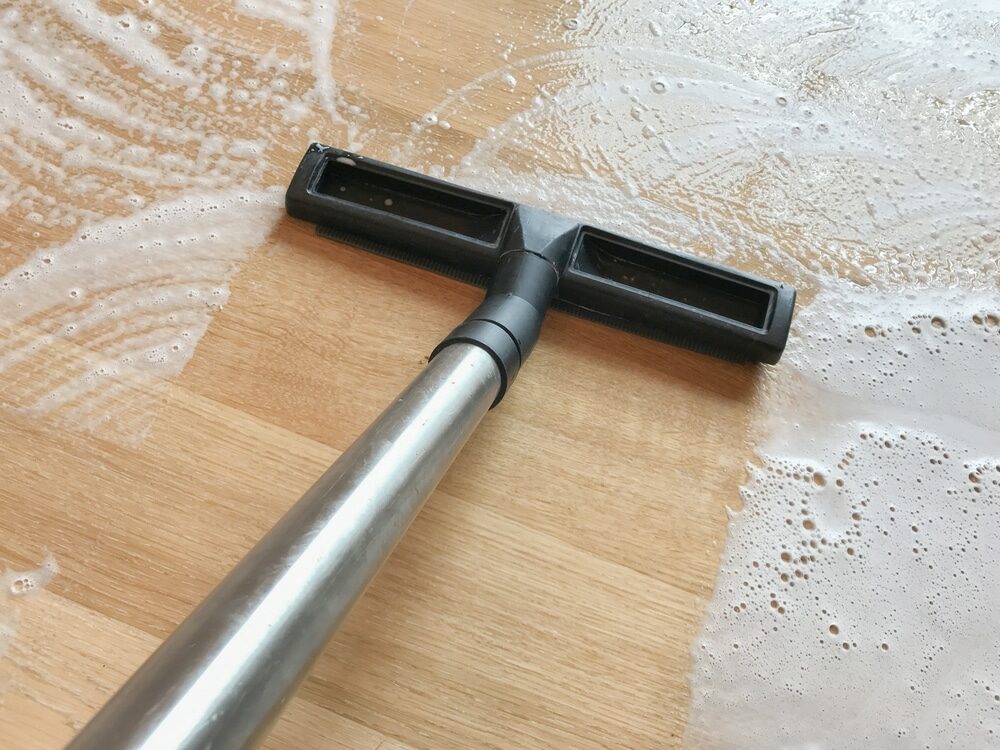
Bamboo flooring costs
Bamboo flooring is an affordable alternative to traditional hardwood. The cost per square foot varies depending on the type and quality of bamboo, the finish, and whether it’s solid or engineered bamboo. On average, expect to pay between $5 and $8 per square foot for material.The environmental impact of bamboo flooring
The environmental benefits of bamboo are significant, but it’s worth noting that not all bamboo flooring is created equal. To ensure that you’re genuinely making an eco-friendly choice, you must consider several factors:Carbon Footprint
Bamboo is a carbon sequestration champion. As it grows, it absorbs carbon dioxide and releases oxygen, thus contributing to a healthier environment. However, bear in mind that bamboo’s carbon footprint includes the energy consumed during its cultivation, processing, and transportation (most bamboo flooring products are shipped from Asia).Sustainable Harvesting
While bamboo is highly renewable, irresponsible harvesting practices can lead to soil erosion and habitat destruction. Seek out suppliers committed to sustainable harvesting practices.Adhesives and finishes
Some bamboo flooring is bonded using adhesives that release volatile organic compounds (VOCs) into the air. Look for products with low or no VOCs. Similarly, opt for natural, eco-friendly finishes to minimize environmental harm and improve indoor air quality.
The Future of Bamboo Wood Flooring
The global bamboo wood flooring market is expected to grow significantly in the coming years. Its appeal lies in its sustainability and the aesthetic versatility and durability it brings to modern homes. As producers continue to innovate, we can expect enhanced product performance and a more comprehensive range of design options.Conclusion
Bamboo wood flooring is an excellent choice for anyone seeking an eco-friendly, durable, and versatile option. While it does have some drawbacks, its benefits make it an attractive and responsible choice. By incorporating bamboo flooring into our homes, we can contribute a small contribution towards a more sustainable future. Remember, the key to successful flooring installation lies in the material and proper installation and maintenance. Always seek professional help when installing new floors, and adhere to maintenance recommendations to ensure your bamboo wood flooring stays beautiful for years. In an era where every choice matters, let your home be an example of sustainability and elegance with bamboo wood flooring. Choose wisely, and your floors will not only enhance the aesthetics of your home but also help preserve the planet. After all, home is not just about where we live but also how we live. And bamboo wood flooring can help us live a little better and greener.Some Useful Links:
- Stairs Sanding & Refinishing
- Floor Sanding Services
- School Floor Sanding
- Wood Floor Restorations
- Wood Floor Repairs
- Wood Floor Polishing
More from our Blog:
The Ultimate Guide to Refreshing Wood Flooring in Your London Home DIY Guide: Filling Gaps in Wood Floors to Restore Their Beauty Engineered Wood Floor Installation in London Homes at Mr Sander® How to Install a Solid Bamboo Floor: A Step-by-Step Guide Wood Floor Sanding Machines: Your Comprehensive Guide for Restoration Success Revamp Your Home with Professional Floor Sanding Services in London
Sanding
We provide virtually dust-free sanding with our continuous belt machinery with mobile extraction units, giving you a safer environment for your family.
Oiling
This organic finish not only adds beauty to your home but also has exceptional water-repellent characteristics, making it easier to clean and maintain.
Waxing
This natural floor finish offers the softest and most mellow appearance – and leaves your floor able to breath.
Buffing
Using soft buffing machines (and hand-polishing where required) will bring a wonderful sheen to your newly-finished floor.
Repairs
We offer a full assessment of your wooden floors to determine what repairs are needed to provide the perfect working surface for the later stages of sanding, staining and sealing.
Restoration
We offer a comprehensive restoration process designed to address floors that are improperly fitted or damaged over time through wear and tear.
Request a fixed price quote for your wood floor restoration now
Simply enter your postcode below to get started.
Services
Wood Floor Sanding Wood Floor Restoration Wood Floor Scratch Repair Squeaky Wood Floor Repair Parquet Floor Sanding Parquet Floor Restoration Commercial Floor Sanding Church Floor Sanding Community Centre Floor Sanding School Floor Sanding Gap Filling Gap Filling with ResinCopyright © Mr Sander®
Privacy & Cookies Terms & Conditions Complaints Procedure Cancellation Rights Sitemap